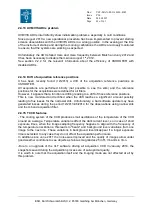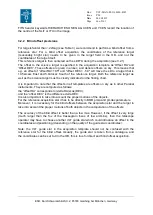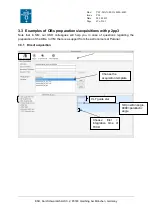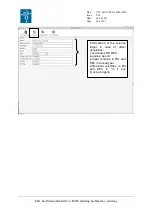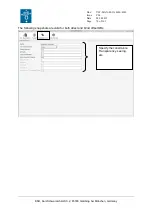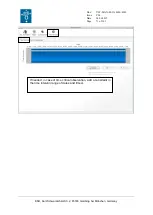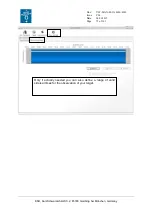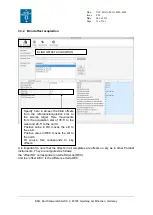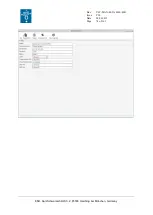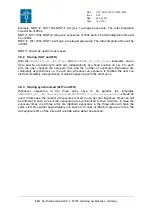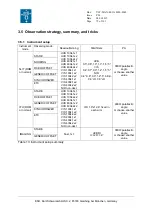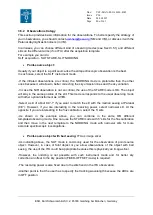
Doc:
Issue
Date
Page
VLT-MAN-ESO-14650-4942
P96
24.06.2015
76 of 161
ESO, Karl-Schwarzschild-Str. 2, 85748 Garching bei München, Germany
Example, NDIT=2, DIT=100s,NINT=1 will give 1 averaged exposure. The total integration
time will be of 200s.
NDIT=1, DIT=100s, NINT=2 will give 2 exposures of 100s each. The total integration time will
be of 200s.
NDIT=2, DIT=100s, NINT=2 will give 2 averaged exposures. The total integration time will be
of 400s.
NDIT=1 should be used in most cases.
3.4.2 Staring (SLIT and IFU)
With the
XSHOOTER_slt_obs_Stare
and
XSHOOTER_ifu_obs_Stare
templates, one or
more spectra are taken with each arm independently at a fixed position on sky. For each
arm, the user chooses the exposure time and the number of exposures. Exposures are
completely asynchronous i.e. in each arm, whenever an exposure is finished the next one
starts immediately, independently of what is happening with the other arms.
3.4.3 Staring synchronized (SLIT and IFU)
Whenever exposures in the three arms have to be parallel, the templates
XSHOOTER_slt_obs_StareSynchro
or
XSHOOTER_ifu_obs_StareSynchro
should be
used. In this case, the number of exposures is fixed to one per arm. Exposure times can still
be different in each arm but the exposures are synchronized to their mid-time. In case the
exposure times in all three arms are identical, exposures in the three arms will have the
same start time within approximately one second. In case of different exposure times, the
mid-exposure time of the three will coincide within about one second.


